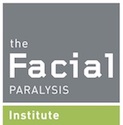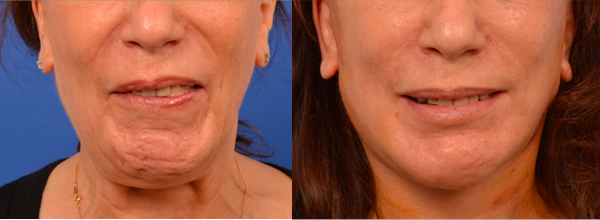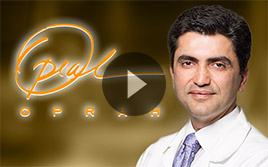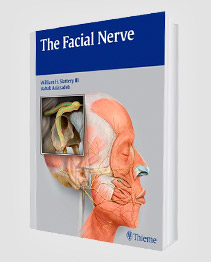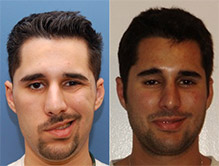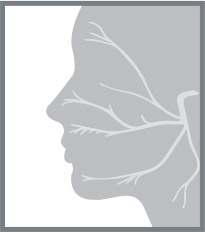Best Treatments for Bell’s Palsy
Bell’s palsy is a form of temporary facial paralysis that often affects one side of the face. However, some patients may experience bilateral Bell’s palsy. Bell’s palsy disrupts messages between the brain and facial muscles, resulting in facial paralysis or weakness.
Today, Bell’s palsy is one of the primary causes of facial paralysis in the United States. The National Institute of Neurological Disorders and Stroke (NIH) notes Bell’s palsy impacts about 40,000 Americans annually. In addition, NIH states Bell’s palsy can affect both men and women of all ages.
Bell’s palsy patients may experience one or more of the following symptoms:
- Drooping of the eyelid and/or corner of the mouth
- Dryness of the eye or mouth
- Excess tearing in one eye
- Impairment of taste
- Paralysis, twitching or weakness of one or both sides of the face
In 85% of cases, Bell’s palsy symptoms will disappear on their own. But if an individual experiences Bell’s palsy symptoms for eight months or longer, he or she may require treatment from an expert facial plastic and reconstructive surgeon like Dr. Babak Azizzadeh.
Although Bell’s palsy is a serious disorder, there are many safe, effective treatments. In fact, some of the top treatments for Bell’s palsy include:
1. Botox
Botox has played a key role in Bell’s palsy treatments for the past two decades. It has been shown to help Bell’s palsy patients relax unwanted muscle movements on the normal side of the face and reduce tension areas of the face that are hyperactive.
During a Botox treatment, a Bell’s palsy patient will receive an injection of a protein derived from the botulinum toxin. Botox injections can address asymmetric facial movement by decreasing unwanted muscle activity and may be administered in combination with neuromuscular retraining.
2. Customized Facial Physical Therapy
Some evidence suggests customized facial exercises, or neuromuscular retraining therapy, may help Bell’s palsy patients improve facial function.
With customized facial exercises, a Bell’s palsy patient will learn the proper the brain-to-nerve-to-muscle routine. This allows the patient to regain the ability to perform correct facial movements voluntarily.
The process of retraining the brain-to-nerve-to-muscle routine is gradual. Over time, customized facial exercises can help a Bell’s palsy patient complete automatic, natural facial movements and expressions. It is very important to see an expert occupational therapist to create a custom facial exercise routine for each patient, as every patient has unique needs. We strongly advise against practicing a generic facial exercise routine found online.
3. Selective Neurolysis
Selective neurolysis is an advanced treatment for individuals who cannot generate an appropriate smile due to Bell’s palsy.
A selective neurolysis procedure involves the release of the platysma muscle, which pulls the corner of the mouth down to prevent an upward smile motion. It selectively decreases the activity of the nerves that counter the smile mechanism, thereby helping a Bell’s palsy patient get an upward trajectory of the mouth to reduce the effects of Bell’s palsy.
Selective neurolysis is an intricate operation, but the downtime and risks associated with the procedure are minimal. Dr. Azizzadeh pioneered this procedure and has already helped a lot of Bell’s palsy patients smile again!
Contact the Facial Paralysis Institute Today
A variety of Bell’s palsy treatments are available, and it is vital for a Bell’s palsy patient to select a treatment that addresses the root cause of facial paralysis or weakness.
Dr. Azizzadeh of The Facial Paralysis Institute is a globally recognized and Harvard-trained facial plastic and reconstructive surgeon who has unprecedented facial nerve expertise. He can help Bell’s palsy patients explore a wide range of treatment options.
To schedule a consultation with Dr. Azizzadeh, please contact The Facial Paralysis Institute at (310) 657-2203.
Request your consultation with Dr. Azizzadeh today
Call us at (310) 657-2203 to schedule an appointment.
Schedule a Consultation